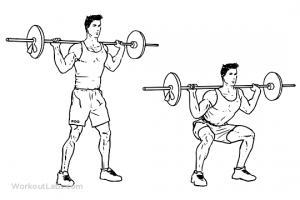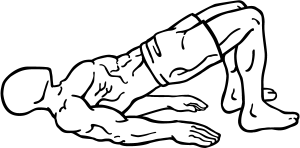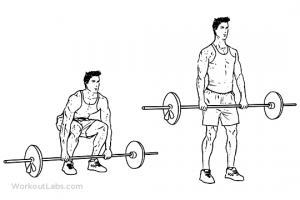Lower back pain?
Hamstring tightness?
Poor posture?
Sounds familiar right? Chances are, you have some form of anterior pelvic tilt which is caused by tight/shortened hip flexors and under active or weak glute muscles. Anterior pelvic tilt will cause some form of compression of the lower spine along with over-stretching/lengthening the hamstring muscles which is a common reason as to why a lot of athletes suffer hamstring injuries. Along with these problems you will tend to find that your glute muscles (your bum) won’t activate when you need it too, leaving the lower back to take over most of the work load.
This problem is so common as we all spend a significant amount of time in a seated position which shortens and tightens the hip flexor muscles, pulling the pelvis forward.
A simple way to help correct this problem is to lengthen the hip flexors and strengthen the glutes. This can be achieved by completing a number of stretches, mobility work, self myo-fascial release work and obviously activating and strengthening the glute muscles and posterior chain.
Below I have linked a short video showing you 3 of the most effective exercises you can do every day to help lengthen the hip flexors and bring your pelvis back into a neutral position. This will dramatically reduce any lower back soreness you may have and will reduce the risk of injuring your hamstrings.
-Basic hip flexor stretch
-Stryder stretch
-Kettle bell hip flexor release
VIDEO: How to fix lower back pain and correct anterior pelvic tilt
Now, releasing and mobilising the hips is just part of the equation. The focus also needs to shift to activating and strengthening the posterior chain, more specifically the glutes.
Some exercises that will help you achieve this are:
-Squats (All variations)
-Romanian deadlifts
-Glute bridges
-Deadlifts (sumo or conventional)
If your back pain persists then it may be a good idea to see your doctor or a physio for further treatment and a diagnosis.
If you found this article helpful, I’d love for you to share with your friends on social media.






